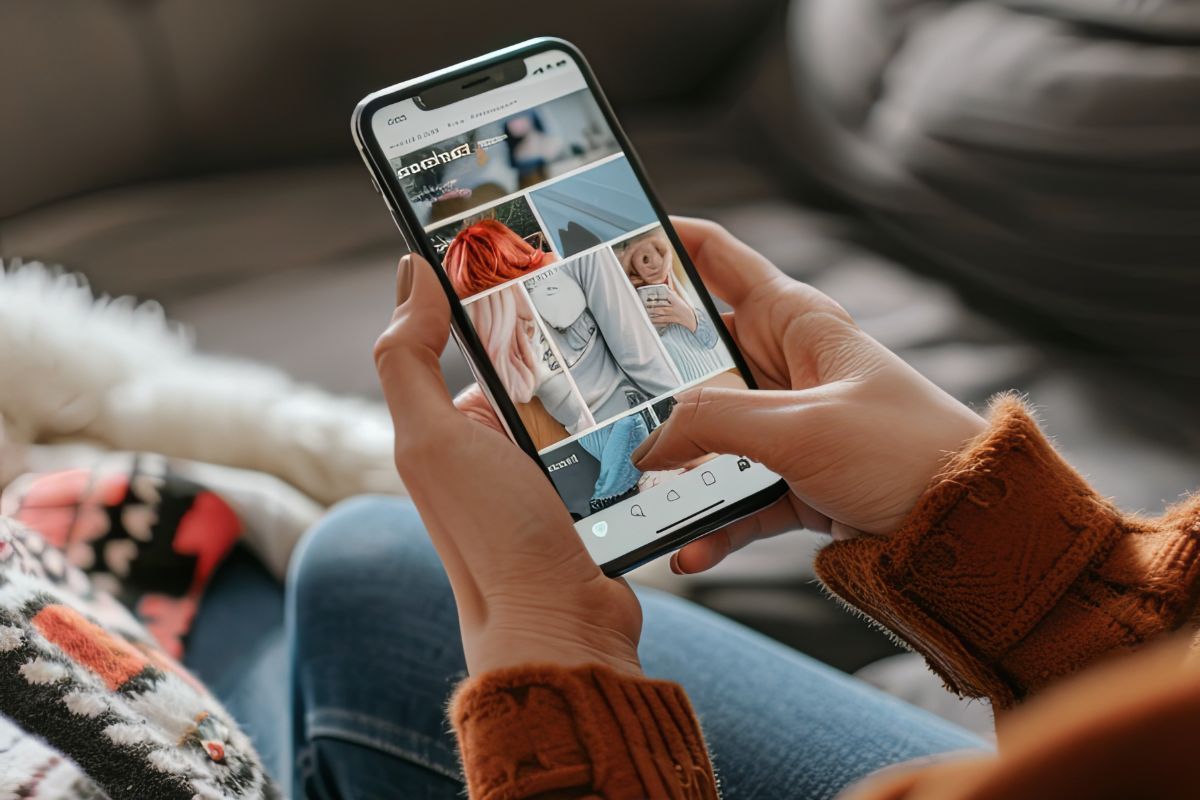In a recent InternetRetailing webinar, held in association with Exponea, we heard from Robert Heger, content specialist at Exponea, Jamie O’Gorman, director of client services at Exponea, and Nicola Cottrell, head of CRM at Sofology about approaches to inspiring and retaining customer loyalty. Here’s a bulletpoint overview of what they said.
Why retention doesn’t equal loyalty
Robert Heger, content specialist at Exponea
- A retained customer continues to buy from your brand – a loyal customer prefers to buy from your brand. “They seek you out, they are your brand ambassador.” Retention, he said, is a short term strategy, while loyalty is a long-term one
- 90% of customers believe that customer retention is a priority (People Metrics): “Retention is a great place to start, but loyalty is the next step. How do brands create that emotional connection and develop brand ambassadors? Customer experience.”
- 50% invest in customer experience, and less than 20% of market budget is assigned to
- POLL what % of your company budget is allocated for fostering loyalty? 33% don’t budget for that at all, 30% invest less than 10% of their budget, and 17% less than 20%. Only 11% invest more than 30% of their budgets here.
- What is customer loyalty? That’s when people recommend you to their customers. Apple, Amazon and Netflix all known for customer loyalty – invest constantly in customer experience.
- Testing as a way to improved products and experiences
- Marketers believe that product quality, value for money creates loyalty – customers want this along with a convenient buying process, and a consistent experience.
Building a better shopping experience
Jamie O’Gorman, director of client services at Exponea looked at some key barriers to buying, and ways of overcoming them
- Price sensitivity: recommendations and the importance of personalising by price.
- Decision anxiety: next-best offer, with personalised landing pages. “Less is more”
- Add continuity: personalise overlays, welcome visitors to the page.
- Homepage recommendations: make them relevant, not just ‘bestsellers’.
- Personalised upselling.
- Showing exit intent: offer personalised offers.
- Help visualise: eg. show how make-up looks on someone
Providing a consistent customer experience
Jamie O’Gorman
- Engage across multiple channels: email, website, etc really add up. Connect in store and online. Example of gifting company that sells 90% offline, one off purchases. In-store gave them a scratch card – go online, see what won, sign on with email address, sign up for newsletter? Connected online and offline purchase: more channels.
POLL Is your company able to seamlessly connect the online and offline customer experience? 17% said yes, 43% no, 43% sort of…
- Reward omnichannel loyalty
- EXAMPLE Hilton Group. Offered early check in next time in return for signing up for the loyalty programme. Builds up, through gamification, to more rewards. “What they did really well was make that initial contact [through a poster in the lift]. Now they have a marketing channel for me.” Now that he can stay in the room till 5pm or 6pm “my experience is now worse if I go elsewhere – I lose all the benefits.” Benefit cost to them as a business is quite small. “Discounts are easy to give away but if you create a feeling of a real benefit, then you’ve done a great job as a marketer.”
- Tailored communications: don’t spam same ad across channels. Focus on giving a relevant message.
- One make-up brand drove lots of traffic from Instagram to the checkout and then 80% dropped out. But visitors hadn’t seen the product details. Now they put an additional step, with information, into the process and the drop out rate now about a quarter lower. “Don’t be scared to put additional steps in if it makes sense to the customer.”
Real world strategies
Nicola Cottrell, head of CRM at Sofology
- Strategic importance of choosing the right data platform, from marketing and operational perspective.
- Our ability to do our job only as good as the data we have – if it’s not organised in the right way then it can be irrelevant.
- Sofology: largest UK specialist sofa retailer, part of DFS since 2017 (previously a family business since 1974).
- Mission statement: “we want to leave every customer feeling at home on a sofa they love.” Focus on the importance of helping the customer make the right choice for them, their home and family.
- Challenges: need to gather and manage data consent. Volumes dropped after GDPR, as with many others, but didn’t see fall in sales. “From my opinion we got more accurate information on how the campaigns were performing.” Specific events were tailored to requirements.
- Unsubscribe rate now at an all time low, clicks etc have all improved.
- Creating customer journey: replicating in-store experience. Now “significant increase” in matching data to people.
- Tries to replicate the in-store experience, the conversation that people have with a ‘sofologist’ on the web. Serves well from campaign perspective, embedded in online and offline journeys.
- Consistency across channel is important. Aim to implement in-store online.
- Adding layers of personalisation: demonstrated through how it works when Sofology opens new stores.
- Old platform only gave minimal data, and previously at store opening spent minimal marketing budget on data. Now, using Exponea’s geotargeting capability, seeing customers looking in areas where Sofology plans to open store. “Now we have ability to combine the geotargeting layer in Exponea’s platform with the experiments layer, a web personalisation piece, to be able to embed a banner into the website, show them that a new store is available in their area, draw their attention to the new store and invite them to go and visit it.”
- Saves us marketing spend and also increases known customers in the area. “That’s the power of Exponea – different elements of the tool, to get a really bespoke solution.”
- At the end of the day, suggesting, championing, and going through the migration of a key business tool can be stressful/risky – but this platform relieved previous headaches.
Six loyalty strategies
Nicola Cottrell
- Transparency and trust between brand and customer. “Being relevant and consistent across channels improves perception of brand so much that 48% recommend us to friends and family.”
- Incentivise customers to give us their data. Across social channels, blog. Really interested in being able to create a data value exchange to improve experience with Sofology. eg. offering free wifi in store, and the four main benefits achieved.
- Unify and utilise customer data. “By having all our data in one place we can have much more control over the conversation we have with the customer.”
- Clear brand positioning in customer journeys. “Loyalty is created when a brand is clear and consistent.”
- Create loyalty by being present where our customers are. Personalisation. Don’t have sales, discounts but a clearance function. “Consistent messaging across all channels… strengthens our brand positions.”
- Understand the customer through NPS surveys. Sofology asks customers what they thought from when they place an order and accept delivery to post-sales customer service, dealing with complaints, customer satisfaction, and 18 months after purchase. “When customers only repurchase a sofa after an average of 6 years, feedback is invaluable to us as a business.”
The webinar was followed by a Q&A session. To view this and other past webinars, click here.









